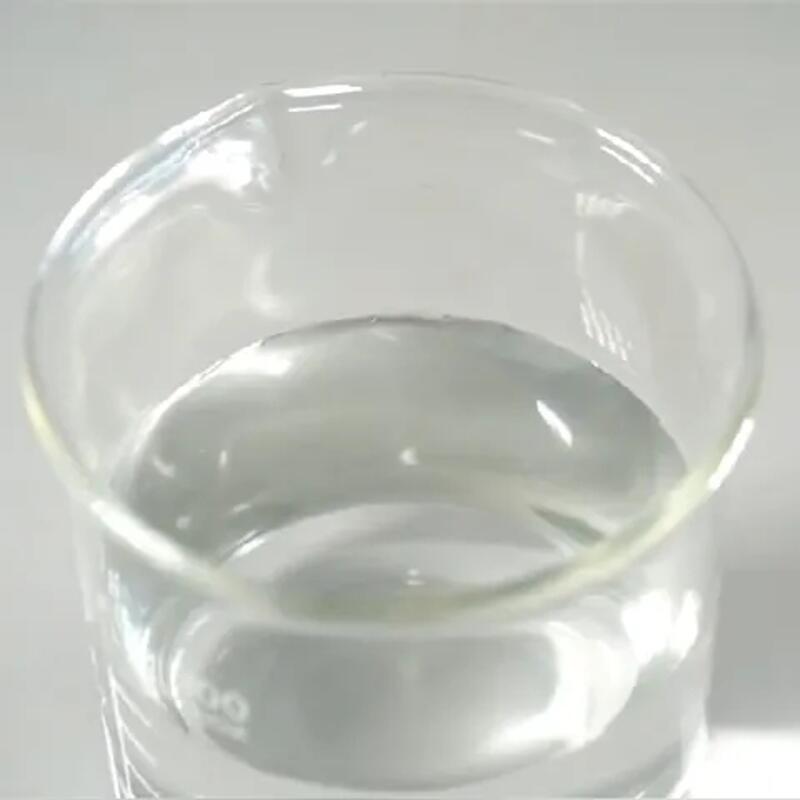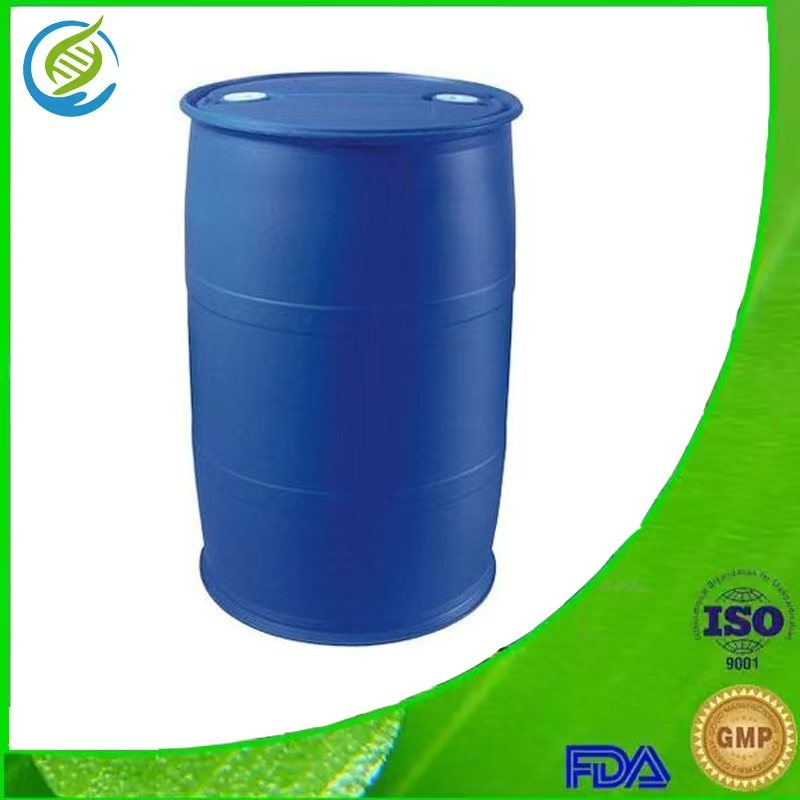1 case of cytophilic celloma with cervical aneurysm anesthesia
-
Last Update: 2020-06-22
-
Source: Internet
-
Author: User
Search more information of high quality chemicals, good prices and reliable suppliers, visit
www.echemi.com
1clinicaldatapatients, female, 17 years of age, body mass 55 kgRepeated headache, panic for 1 year, accompanied by a burst of blood pressure rise in January1 year ago repeated headache, accompanied by nausea, vomiting, panic, sweat, blood pressure fluctuations in 120 to 180/70 to 100mmHg, up to 220/160mmHg, CT found the right adrenal lump, combined with medical history to consider the possibility of chromeophiliomaDue to the combination of right cervical aneurysm, left cervical artery and cervical artery agingthrombosis, the patient and their families consider the risk of surgery decided not to operate1 plus 1 months ago after the patient's self-complaint discharge from the hospital still have blood pressure fluctuations, the highest up to 200/120mmHg, accompanied by dizziness, nausea, for surgical treatment again admitted to the hospitalPatients 2 years ago due to sudden aphasia with the right limb paralysis, the examination found a double-sided cervical aneurysm, row "left cervical aneurysm excision, left cervical artery and cervical artery artificialvascularreplacement", after surgery found artificialblood vesselsthrombosis, right cervical aneurysm without surgery, postoperative aphasia gradually improvedcheck body: right limb muscle strength 4 levels, the remaining body no positive signsImaging examination: head and neck enhancement CT prompt left cervical artery excranial section, intracranial C3 section-C5 section and left cervical general artery did not see the development, suspected thrombosis, right cervical aneurysmAdrenal-enhanced CT suggests that the right adrenal gland sees unevenly reinforced soft tissue density mass shadow, which sees no strengthening of the necrosis area, sees increased angiokines around, considers the possible chromeomaLaboratory examination: norepinephrine 1294 ?g/L, heepine to epinephrine 125?g/L, dopamine (urine) 708.02 ?g/24h, norepinephrine (urine) 3780.89?g/24hCombined with the above symptoms and examination, considerdiagnosisas follows: (1) secondaryhypertension: xylolyteoma? (2) right cervical aneurysm; (3) left cervical artery and cervical artery old thrombosis; (4) left cervical aneurysis resection and left cervical arterial artery and cervical artery artificial vascular replacement surgeryTo belaparoscopicthe right adrenal tumor excision in the whole hemp downlinkAfter entering the room, the monitoring of electrocardiograms: sinus heart rate 101 times/min, blood pressure: 119/81mmHg, SpO2:96%, T:36.7 degrees C, open all the way outside the peripheral vein left 16G puncture needle, hemp down the left artery puncture monitoring has a blood pressure4U for blood, liquid warming, temperature-changing blanket, color Doppler ultrasonic cervical artery blood flow monitoring and brain oxygen saturation monitoringThe anaesthetic starts with sodium nitath, eslor, epinephrine and norepinephrineAfter the intravenous sequence is induced, the ultrasound guides the under-the-rib peri-rib pervesic pervasal puncture tube, and the static absorption compound maintains anesthesia the center rate fluctuates from 100 to 120 times/min, and blood pressure fluctuates from 100 to 140/60 to 90mmHg When blood pressure drops, the oxygen saturation of the brain decreases, and the right cervical artery and the cervical osorta detarate to the blood flow, and vice versa Overall, the patient's cerebral oxygen saturation decreased during surgery, 20% of the basic value, the right cervical artery and the cervical main artery blood flow, the forward blood flow rate fluctuated between 0.6 to 3m/s Surgical detection of tumor integrity, removal of the tumor body, bleeding about 20mL, surgery duration of 80min, anesthesia duration of 2h, surgery patients sober tube, sent to the post-anaesthetic recovery room patients followed up with vital signs stable after surgery, no hemodynamic sharply fluctuations, preoperative paraplegia and other neurological symptoms no aggravation, two weeks after surgery discharged 2 Discussion of reports of chromologoid fibroids combined with cervical aneurysms are very rare, the basic pathophysiological changes of chromosomal tumors are too much endogenous catalysis secretion, xylophin surgery anaesthetic management focus on: perfect preoperative preparation including epinephrine antagonist drugs, Dosage, use time, effective preoperative medication, reasonable expansion therapy, necessary hemodynamic monitoring during surgery, precise control of blood pressure control regulation, use of anti-arrhythmia drugs, use of glucocorticoids, and low blood pressure hypoglycemia after tumor removal prevention and treatment cervical aneurysm (CBT, Carotid Body) also known as paraneuropathoma, chemical receptor tumor, is rare, most of which is only a lump of the neck, with no symptoms or only local compression symptoms, such as pain or dizziness A few cervical aneurysms have function, which may lead to an increase in the amount of haemothepoline, and as the tumor gradually increases, the risk of adjacent organ tissue pressure, tumor rupture bleeding, thrombosis gradually increases, surgery is its only treatment Although this patient can not have surgery for cervical aneurysm, but in view of the patient before surgery at the same time combined left cervical general artery and intra-cervical artery artificial blood vessel thrombosis, intraoperative circulation fluctuations have the possibility of thrombosis, vascular spasms and even aneurysm rupture, resulting in the absence of oxygen in the brain ischemia In order to detect and prevent deal with these events, it is necessary to accurately monitor the blood flow of the carotid artery and oxygen supply to the brain To this end, the use of color Doppler ultrasound to monitor the blood flow of the neck artery, cerebral oxygen saturation to monitor the brain oxygen supply color Doppler ultrasound because of its good repeatability, high safety, non-invasive, can be applied repeatedly and so on, and can clearly show the degree of blood flow inside the cervical aneurysm, can be used for the neck aneurysm diagnosis can also be used for inoperative monitoring In recent years, the monitoring of cerebrooxygen saturation (rSO2) using near-infrared spectroscopy technology has received wide attention and application due to its simple, sensitive, continuous and non-invasive characteristics Originally applied in cardiac surgery, the monitoring is the use of near-infrared spectroscopy method, the brain local region mixed blood oxygen saturation determination, to assess the brain tissue oxygen metabolism status of a non-traumatic monitoring technology, with no temperature and throbbing blood flow, sensitivity and special idiosis of high characteristics, can be early detection of the measured brain area oxygen supply and demand balance and brain blood flow changes, reduce the occurrence of stroke the decrease of rSO2 brain local oxygen saturation in this case was no significant change compared to the basic value, but when blood pressure decreased during surgery, the front altre blood flow of the carotid artery slowed down and the cerebral oxygen saturation decreased, indicating that there was a possibility of hypoxia of cerebral ischemia in the patient's surgery Therefore, in this case anaesthetic management, color Doppler ultrasound monitoring of cervical artery blood flow and cerebrooxygen saturation monitoring, for us to accurately regulate hemodynamics, so as to avoid the occurrence of cerebral ischemic hypoxia provides a greater help Both technologies are portable and noninvasive, perhaps playing a greater role in clinical anaesthetic
This article is an English version of an article which is originally in the Chinese language on echemi.com and is provided for information purposes only.
This website makes no representation or warranty of any kind, either expressed or implied, as to the accuracy, completeness ownership or reliability of
the article or any translations thereof. If you have any concerns or complaints relating to the article, please send an email, providing a detailed
description of the concern or complaint, to
service@echemi.com. A staff member will contact you within 5 working days. Once verified, infringing content
will be removed immediately.







